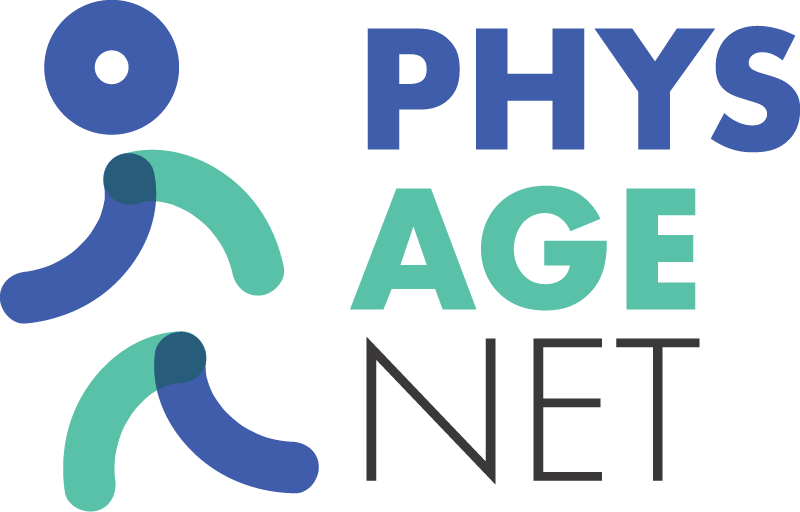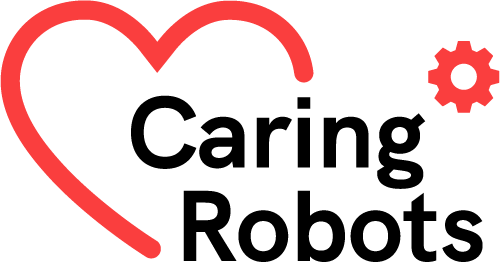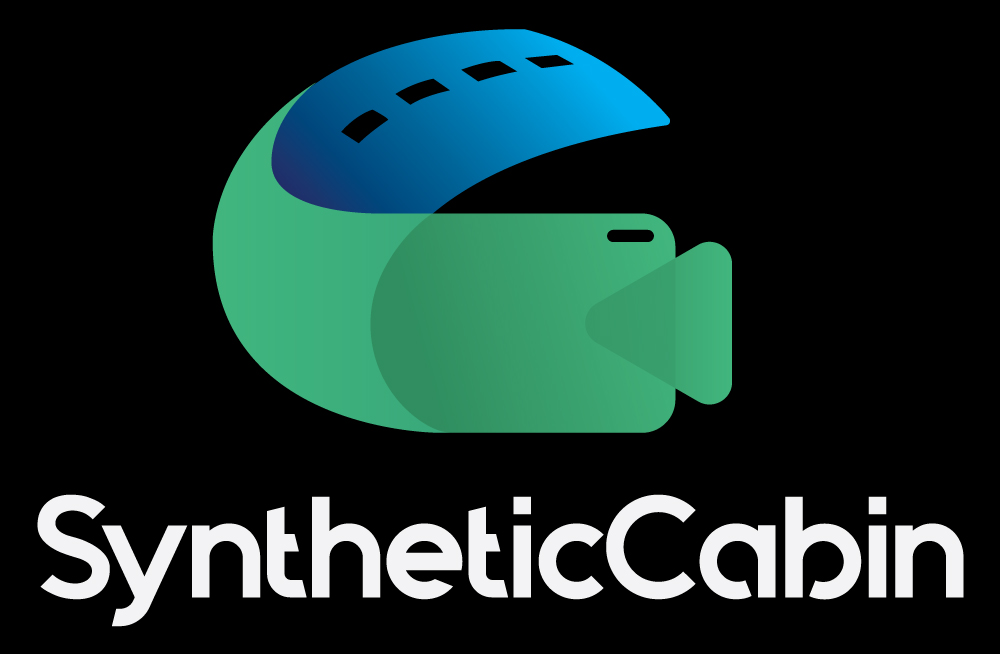
Multimodal Sensor Technology for Human Behavior Classification Human Behavior Classification (HBC) has attracted considerable interest due to its ability to facilitate automation in various application areas, including but not limited to smart homes, active assisted living, and security. At present, optical modalities such as RGB, depth, and thermal imaging are prevalent in the field due … Continue reading Blindsight →

The project focuses on Event Camera based Visual Odometry, mainly for robot localization. Unlike conventional frame cameras that output images based on a fixed frame rate, each pixel of an event camera independently detects relative changes in luminosity and outputs event data asynchronously. It has the advantage of high temporal accuracy, high pixel bandwidth, and … Continue reading Event-based and frame-based binocular visual odometry system →
Das österreichische Filmmuseum besitzt umfangreiche Bestände an Filmen, die von Privatpersonen zwischen den 1920er und den 1990er Jahren in Wien gedreht wurden und deren Leben und Ihre Umgebung auf analogem Film festhalten. Diese Filmdokumente stellen eine einzigartige Quelle der Zeitgeschichte und Alltagskultur dar, die bis jetzt nur in Ansätzen wissenschaftlich, historisch und inhaltlich erschlossen ist. … Continue reading Abenteuer Alltag →

PhysAgeNet is a EU COST Action which undertakes coordinated research collaboration at European level. Its aim is to to establish a sustainable network that will foster evidence-based research and practice of physical activity in older adults and will enhance integration of innovative ICT solutions based on open data consolidated research information, in order to promote … Continue reading PhysAgeNet →

The use of robots in the care sector is a frequently discussed future scenario that brings up different expectations. The percentage of older people will increase significantly in the future. On one hand, there is hope that robots could support humans in living an independent life in their familiar surroundings until old age. On the … Continue reading CaringRobots/RoboticCare →

Algorithmic Governance of Care Care work in long-term care (LTC) is considered as a genuine human-centred activity, requiring empathy, emotional investment, physical encounters and intimate, trust-based relations between various care-givers and care-recipients. AI technologies are introduced in this professional field to assist care workers in their daily activities and provide an additional measure of care … Continue reading AlgoCare →

Multimodal Sensor-Lighting System for the Protection of Vulnerable Traffic Participants The reliable machine detection of vulnerable participants in road traffic (pedestrians, two-wheelers) is an important social goal and a demanding technical challenge, which currently remains unresolved; particularly when it comes to poor visibility conditions (night, fog), far distances (>100m) and approaching a vehicle from the … Continue reading SmartProtect →

Simulation of vehicle interiors for the efficient development of driver/occupant monitoring systems The goal of this project is a cost and time efficient simulation workflow for the development of applications for environmental analysis for the vehicle interior. Our innovative approach simulates complex dynamic vehicle interior scenarios (e.g. generation and animation of 3D person models, materials … Continue reading SyntheticCabin →

Etruscan Mirrors in Austria: The Kunsthistorisches Museum Vienna and other public collections Etruscan mirrors form one of the largest object groups in Etruscan art; and this project intends to produce a comprehensive study of Etruscan mirrors held in Austria – those in the Kunsthistorisches Museum Vienna and the ones housed in other Austrian public collections. … Continue reading Etruscan Mirrors in Austria →

The digital transformation of the humanities has been driven since 1949. In Austria, this transformation has received a significant boost since 2015. In various national cooperation projects (HRSM project KONDE) and international infrastructure projects (DARIAH, CLARIN), Austrian universities and cultural heritage institutions have built up specialized competencies that are to be disseminated in the present … Continue reading Digital Transformation of the Austrian Humanities →









